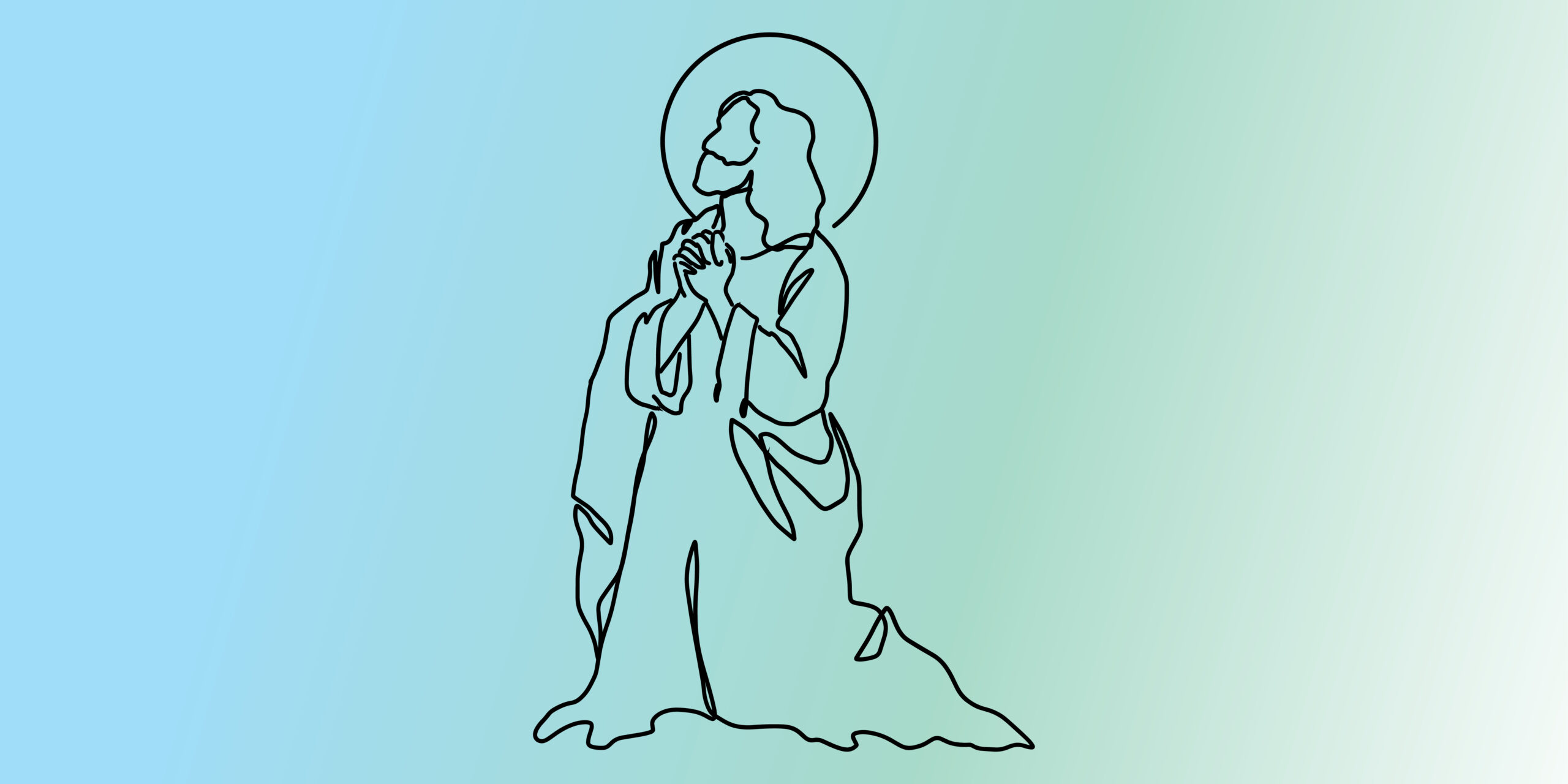Originally published in the GIA Quarterly, Volume 35, Issue 3
AT THIS MOMENT, OUR WORLD CRIES out for solace, prayerful and humanitarian support, healing, and peace. Worship assemblies search for ways to make sense of the violence and divisions and to respond as faith-filled witnesses to a God who desires a radical and profound unity within the human family. The hymns we sing become sung prayer crying out to God for strength, light in the darkness, and courage. One such hymn is “Everything That Has Voice.” New Zealand poet Shirley Erena Murray (d. 2020) wrote the text; Marty Haugen composed the tune, sing for peace.
The vision of the hymn text is wide and universal. The first stanza addresses “ev’rything that has voice” and declares that the song resonates “ev’rywhere.” The second stanza acknowledges that “all the world longs for peace” for the sake of children in “ev’ry place.” The third stanza addresses “ev’ryone who has breath” and “ev’ry tenant of the earth.” The hymn assumes that living beings desire peace and have the corresponding responsibility to work for peace.
The image of the voice powerfully expresses the connection between the heart’s desire for peace and the expression of that desire in singing, praying, and speaking for peace. This is extended to the written word as well as efforts to work for peace. Pope Francis’s description of planet earth as our “common home” resonates with the line in the first stanza that sings of “our common care.” The commonality of our shared humanity and our shared home challenges us to participate together in this common cause.
Whereas the tone of stanza one could be characterized as urgent, the tone of stanza two employs more desperate expressions such “cries for peace” and “dies for peace.” The violence of our world is clear, and the appeal for peace is made for the sake of children. The unspoken truth is that there is no future for those who either cultivate violence or close their eyes to those who promote it. The image of children sleeping in peace and growing up in a peaceful world challenges our tendency to settle for the status quo.
The image of breath in the third stanza complements and deepens the image of voice in the first. Those who have breath must cultivate peace, cultivate communities, live for peace. It is the common spirit or breath that moves among all of humanity. It is God’s spirit challenging us to plant and cultivate, to enable all who have breath to live, to gather, to support our common humanity. Indeed, what we have in common is the breath of life, the life force, the spirit, the desire for peace.
Murray’s text is comprised of short phrases that capture the urgency for a shared commitment to peace. The images are universal and appeal to our common human experience. She consistently expressed a strong and compassionate commitment to peace and social justice. Her text communicates her passion without being didactic or judgmental.
“Ev’rything That Has a Voice” is included in Gather, 4th edition, and in RitualSong, 2nd edition. In addition, the song is published as an octavo in the Celebration Series under the title “Sing for Peace.” The arrangement includes choir, assembly, keyboard, guitar, flute, and oboe. Marty Haugen also included this hymn in his music collection Sing for Peace. It is an eclectic collection that focuses on Christian peace-making and social justice issues.
The tune embodies quiet earnestness. Haugen achieves this effect by composing short phrases of just a few moving eighth notes that pause intermittently on half notes or dotted half notes. The short phrases express both tentativeness and longing. This pattern is sustained throughout and results in an unusual meter (6 33 6 33 77 6 3).
This hymn is a fine example of communal sung prayer for peace. In three simple stanzas, it can enable an assembly to give voice to its common desire that all work for and live in peace.

JUDITH M. KUBICKI, CSSF, PHD, serves as Provincial Minister for the Felician Sisters of North America, Our Lady of Hope Province, and associate professor emerita of theology at Fordham University, New York.






